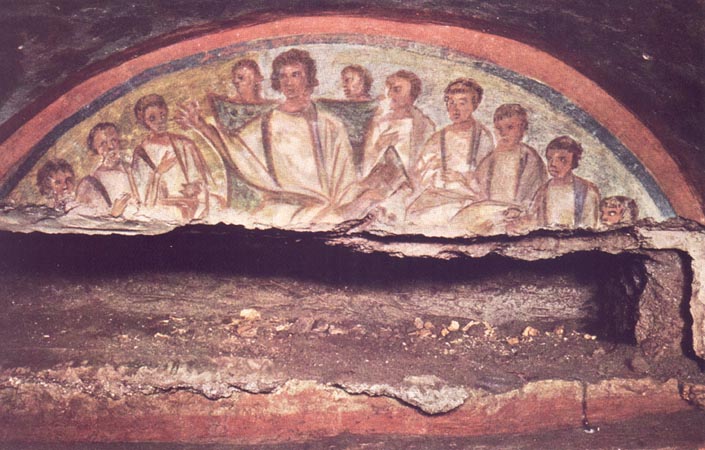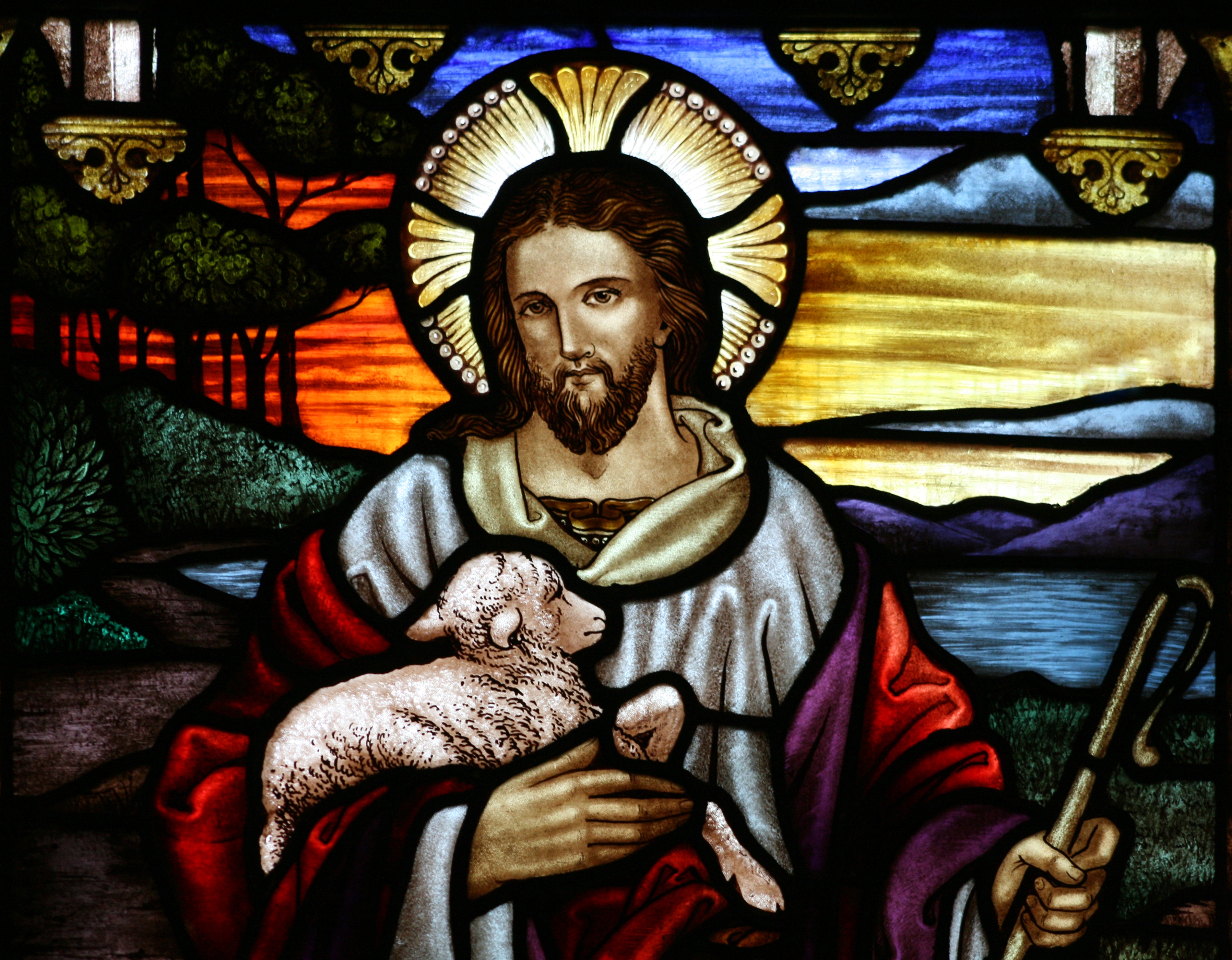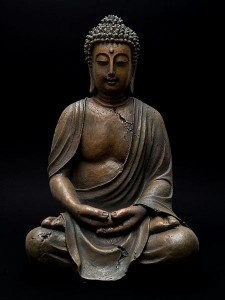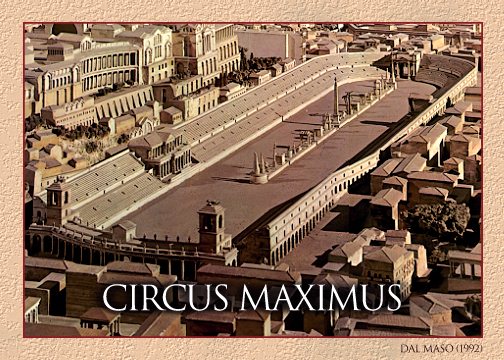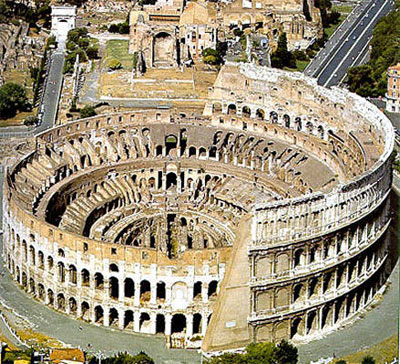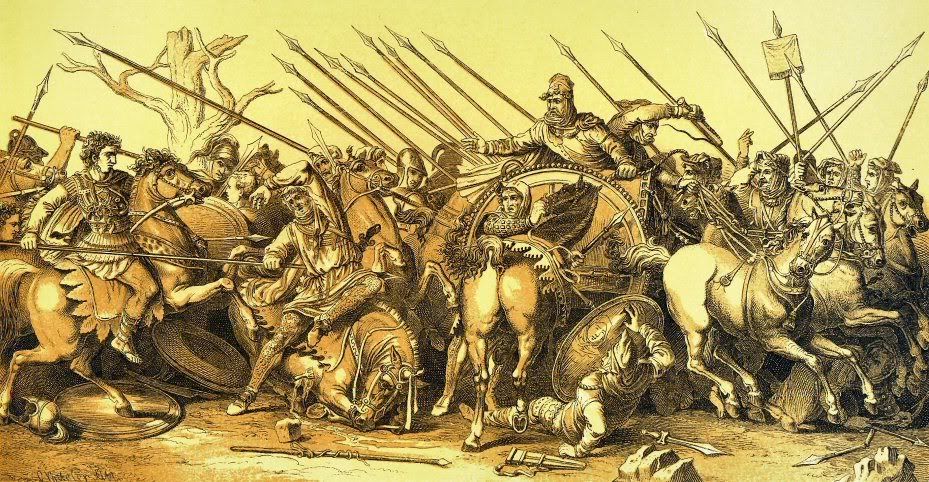- What insights do you gain from comparing the French and Spanish accounts of the 1565 attack? Spanish account that attack as glorious and ennobling. They focus on the general who had ordered the slaughter of French Lutherans as merciful and resilient. On the other hand, the French describe the brutishness of the Spanish through imagery of the slaughter: "...killing all whom they found, so that awful outcries and groans arose from those who were being slaughtered."
- How do they decide what is ethically and politically acceptable in their actions and in the actions of their enemies? The Spanish believe that the killing of Frenchmen was justified because they were Lutherans or "enemies of God." The French also accept their fate, blaming their own sins not the Spanish. The Spanish believe that taking the enemy's fort is good because they gain valuable cargo and allow them to spread the holy Gospel. The Spanish do not accept any Lutherans and only spare the French Catholics.

Fort Caroline and Ajacan
- What do the settlers see as the strengths and weaknesses of their colonies? A weakness of Ajacan was the scarcity of food, which lead to famine and death. However, the settlers of Ajacan benefited from the kindness of the Indians there, who gave them info about the land. The weakness of Fort Caroline for the French was the unpredictable weather; a hurricane destroyed many of their ships while they were going to attack the Spain.
- Which do they ascribe to external factors? to themselves? The French attribute external factor of the hurricane to their inability to attack the Spaniards first. They also blame themselves for being too trusting of the Spanish. The soil of Ajacan was poor and could not produce enough food for the settlers. The settlers also blame themselves for being unwise when dealing with the Indians. The settlers did not give the Indians anything in return, so their food was taken away.
- Evaluate the colonists' planning for the settlements. How do they adapt to unforeseen problems? The settlers decide to continue settling on the land the Indians gave to them and learned how to wisely barter with the Indians. The French abandon their colony and admit to defeat by the Spanish.
- How did colonists' relationships with the Indians affect their fate? At first, the colonists' benefited from the Indians, who gave them food and tips on where was the best to settle. However, the downfall of the bartering alliance comes from them not repaying the Indians.
- How did their perception of natural environment affect their fate? The settlers did not expect the environment of Ajaca to be so poor, and they had adversities until the Natives helped them.
- How did the leadership in each colony affect its fate? The leader of Ajaca was Father Segura, and he forbade the settlers from giving anything to the natives, which led to their loss of the Indian's help. The leader of French Fort Caroline was Ribaud. He was too naive and trusting toward the Spanish, and this caused him and almost all other of his followers to be killed.
- What is critical for a successful colony? Choosing the right region and which season to settle is crucial because this determines the amount of available resources. Having a prudent and diplomatic leader is also important.

Fort Caroline and Roanoke
- To what extent did the colonists prepare for failure? Upon knowing that their battle ships were destroyed, some of the French prepared for defeat and abandoned Fort Caroline to return to France, while other stayed behind only to meet failure. The colonists at Roanoke abandoned the site.
- How did the colonies end? Roanoke was abandoned without any sign of distress. Fort Caroline was seized by the Spanish from the French.
- How might these accounts differ from those of successful colonies? These accounts describe America environment to be very different from the unrealistic descriptions of America back in Europe. These accounts recall the struggles of the colonists, while successful stories only focused on the reward and outcome.
Fort Caroline, Ajacan, Roanoke
- What might have saved these colonies? A region with better resources and not near any rival colonies such the Spaniards.
- What might a prospective settler learn from these documents? A settler might learn the risks of colonization and learn to plan ahead extensively. One should bring lots of supplies in case of poor environment.
- How did European rivalries affect the fate of these colonies? The rivalries between the expansion zeal of Spain, England, and France cause each to kill off one another's colonies. The colonies were subject to attacks by another country's colonies.










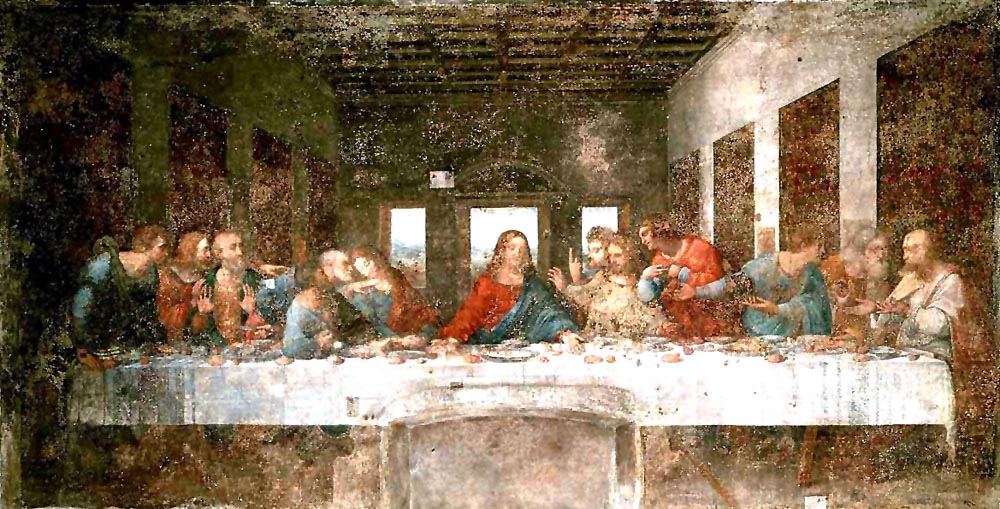




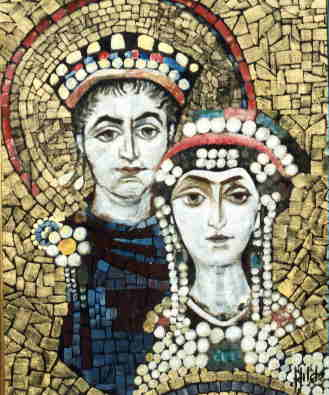

 "No immature students, no exhausting papers to grade, no waking up at 5:30 in the morning... This is paradise," said Rakestraw to Anne as they looked at the magnificent beach view from their luxurious suite. The next day, they decided to go wakeboarding in the ocean. The water was especially clear and the weather was spot on. Starting the boat and driving far from the shore, Rakestraw and Anne were enjoying the salty breeze of the Caribbean. However, they, and the hundreds of other tourists and honeymooners on the beach, did not know the dangers that would come. While baking under the sun for a golden tan, Rakestraw noticed that the sun was no longer as intense and that the sky was getting darker. Rain began to pour as thunder rumbled in the sky. Suddenly, a huge wave overturned the boat, crushing it to bits. Rakestraw and Anne were tossed off the boat and into the salty sea. The wild maelstrom gulped the two little people, and soon enough, they were floating in the middle of the ocean. Rakestraw spotted a plank and held on to it while searching for Anne. Five minutes later, her head popped out of the water, and she grabbed onto the plank. The plank, however, was only large enough to fit one person. With much difficulty, Anne managed to climb on the plank, while Rakestraw was struggling to climb on. "This won't work!" he said, "Only one of us can sit on it." So, Rakestraw sacrificed himself to die and let his wife float back to shore.
"No immature students, no exhausting papers to grade, no waking up at 5:30 in the morning... This is paradise," said Rakestraw to Anne as they looked at the magnificent beach view from their luxurious suite. The next day, they decided to go wakeboarding in the ocean. The water was especially clear and the weather was spot on. Starting the boat and driving far from the shore, Rakestraw and Anne were enjoying the salty breeze of the Caribbean. However, they, and the hundreds of other tourists and honeymooners on the beach, did not know the dangers that would come. While baking under the sun for a golden tan, Rakestraw noticed that the sun was no longer as intense and that the sky was getting darker. Rain began to pour as thunder rumbled in the sky. Suddenly, a huge wave overturned the boat, crushing it to bits. Rakestraw and Anne were tossed off the boat and into the salty sea. The wild maelstrom gulped the two little people, and soon enough, they were floating in the middle of the ocean. Rakestraw spotted a plank and held on to it while searching for Anne. Five minutes later, her head popped out of the water, and she grabbed onto the plank. The plank, however, was only large enough to fit one person. With much difficulty, Anne managed to climb on the plank, while Rakestraw was struggling to climb on. "This won't work!" he said, "Only one of us can sit on it." So, Rakestraw sacrificed himself to die and let his wife float back to shore.


